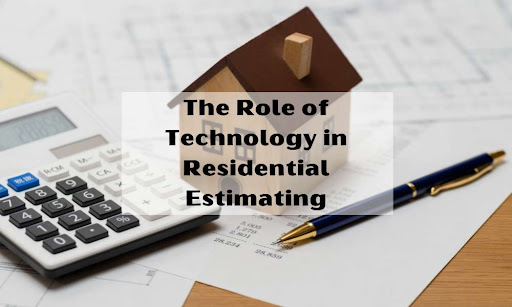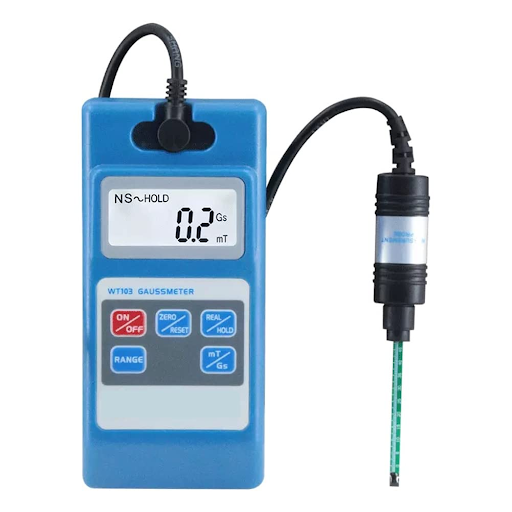
The construction industry is known for its complexities, especially when it comes to estimating the cost of a project. Residential estimating is a critical component of the construction process, as it helps to determine the scope of work, materials needed, and ultimately, the cost of the project. Historically, this process was carried out manually, with estimators relying on their expertise and experience to calculate costs.
However, the emergence of technology has revolutionized the way residential estimating is done. Today, there are a variety of software and tools available to assist estimators in accurately and efficiently calculating costs. In this blog, we will explore the role of technology in residential estimating and how it has changed the industry for the better.
Traditional Residential Estimating Methods
Residential estimating is a critical aspect of the construction process. Accurately estimating the costs of materials, labor, and other expenses is essential to ensure that a project remains within budget and is completed on time. Traditional residential estimating methods involve manual calculations, hand-drawn sketches, and Excel spreadsheets. While these methods have been used for many years, they have limitations that can impact the accuracy of estimates.
A. Manual Calculations
Manual calculations involve using a pen and paper or a calculator to determine the cost of a project. This method is time-consuming and can be prone to errors. It can also be difficult to keep track of changes or updates to the estimate. For example, if a contractor wants to adjust the cost of a particular material, they will need to manually recalculate the entire estimate.
B. Hand-Drawn Sketches
Hand-drawn sketches involve creating a drawing of the project and labeling each component with its cost. This method is useful for smaller projects that do not require a detailed estimate. However, it can be challenging to accurately measure and estimate the cost of each component, especially for larger projects.
C. Excel Spreadsheets
Excel spreadsheets are a more modern approach to residential estimating. They allow contractors to input data and formulas to automatically calculate the cost of a project. This method is faster and more accurate than manual calculations or hand-drawn sketches. However, it can still be prone to errors, and it can be challenging to keep track of changes or updates to the estimate.
D. Limitations of Traditional Methods
Traditional residential estimating methods have several limitations. They can be time-consuming, prone to errors, and difficult to update or change. Additionally, they do not take into account the dynamic nature of construction projects. Projects often encounter unexpected challenges or changes that can impact the cost and timeline of the project. Traditional estimating methods may not be able to account for these changes, leading to inaccurate estimates.
Moreover, traditional methods do not consider the complexity of the construction project. With the increasing complexity of building designs and construction processes, there is a need for more sophisticated and accurate estimating methods. Traditional methods may not be able to accurately estimate the costs of complex projects, leading to budget overruns and delays.
Technology in Residential Estimating
Residential estimating is an essential part of the construction process, as it provides a detailed estimate of the cost of building a residential property. Over the years, technology has significantly advanced, leading to the development of various tools and software that make residential estimating more efficient and accurate. In this article, we’ll explore the technology advancements in residential estimating, examples of technology used in residential estimating, and the benefits of technology in residential estimating.
A. Overview of Technology Advancements in Residential Estimating
Technology has significantly transformed the construction industry, and residential estimating is no exception. In the past, residential estimators relied on manual methods to calculate the cost of building a property. However, with the advancements in technology, various tools and software have been developed to help estimators carry out their tasks more efficiently and accurately.
Today, estimators use technology to perform various tasks, such as quantity takeoffs, cost analysis, and project management. With the help of technology, residential estimators can generate detailed estimates quickly, reducing the time it takes to complete the estimating process.
B. Examples of Technology Used in Residential Estimating
Estimating Software
Estimating software is one of the most popular technology tools used in residential estimating. The software provides estimators with an easy-to-use platform to generate detailed estimates by inputting project data. The software comes with various features, such as material and labor costs, quantity takeoffs, and project management tools, which make the estimating process more efficient and accurate.
Building Information Modeling (BIM) Tools
BIM tools are becoming increasingly popular in residential estimating. The tools enable estimators to create a digital representation of the building, which helps them to identify potential problems and generate detailed estimates quickly. BIM tools also provide a platform for collaboration between the estimator, the designer, and the contractor, reducing errors and improving accuracy.
Mobile Apps
Mobile apps have also made their way into residential estimating. These apps enable estimators to generate estimates on the go, eliminating the need for a desktop computer. Mobile apps come with various features, such as cost databases, quantity takeoffs, and project management tools, making it easy for estimators to complete their tasks from anywhere.
C. Benefits of Technology in Residential Estimating
Improved Accuracy
Technology has significantly improved the accuracy of residential estimating. With the use of estimating software and BIM tools, estimators can generate more accurate estimates by reducing errors and omissions.
Increased Efficiency
Technology has also made the estimating process more efficient. With the use of technology tools, estimators can generate detailed estimates quickly, reducing the time it takes to complete the estimating process.
Enhanced Collaboration
Technology has enabled better collaboration between the estimator, the designer, and the contractor. With the use of BIM tools, all parties can work together to identify potential problems and develop solutions before construction begins, reducing errors and saving time and money.
Better Project Management
Technology tools provide estimators with better project management capabilities. With the use of project management tools, estimators can track the progress of the project, monitor costs, and identify potential problems, allowing them to take corrective action before it’s too late.
Conclusion
The role of technology in residential estimating cannot be overstated. With the increasing demand for accurate and timely estimates in the construction industry, technology has become an essential tool for contractors and estimators. Technology has revolutionized the estimating process, making it faster, more efficient, and more accurate. From 3D modeling and virtual reality to cloud-based software and mobile apps, there are numerous technologies available to aid in the estimating process.
Through the use of technology, contractors and estimators can quickly generate accurate estimates, identify potential issues, and make necessary adjustments before construction begins. This not only saves time and money but also leads to better project outcomes and greater client satisfaction.
As technology continues to advance, we can expect to see even more innovations in residential estimating. From artificial intelligence and machine learning to blockchain and the Internet of Things, the possibilities are endless. By embracing these technological advancements, contractors and estimators can stay ahead of the curve and continue to provide the best possible service to their clients.
In summary, technology has played a vital role in transforming the residential estimating process. Its impact has been felt throughout the industry, resulting in increased efficiency, accuracy, and productivity. With further advancements on the horizon, the future of residential estimating looks bright, and we can expect to see even more benefits in the years to come.









